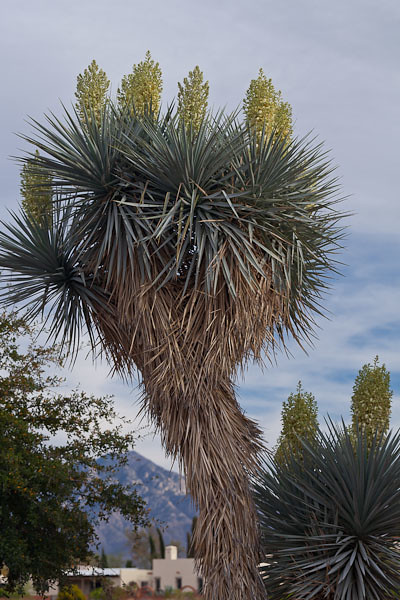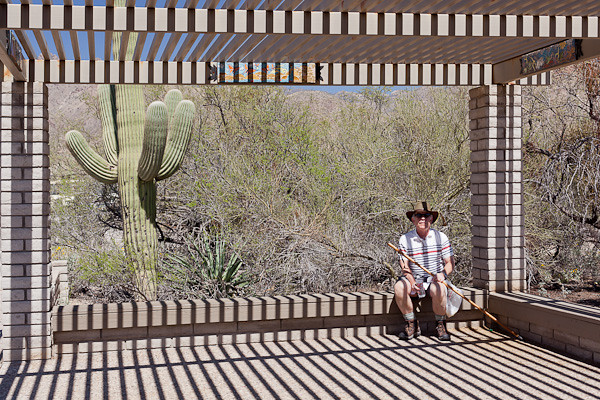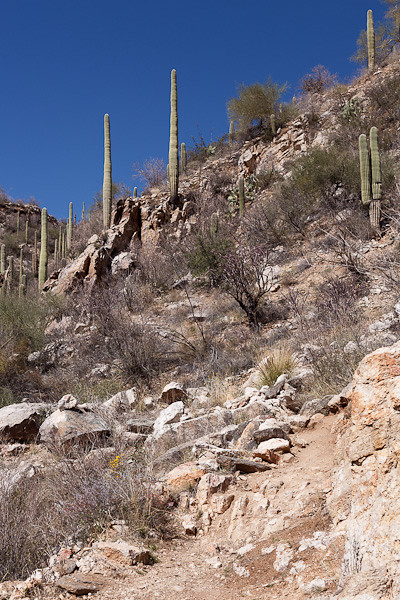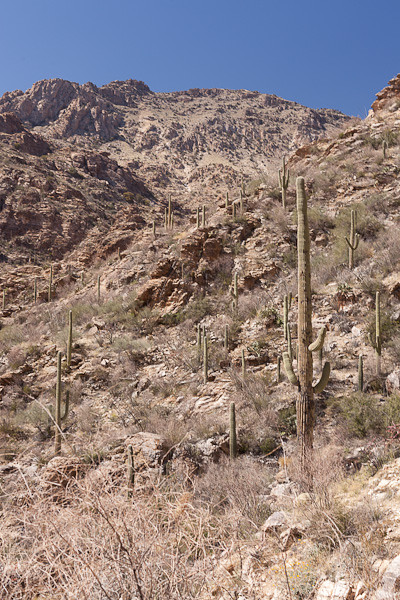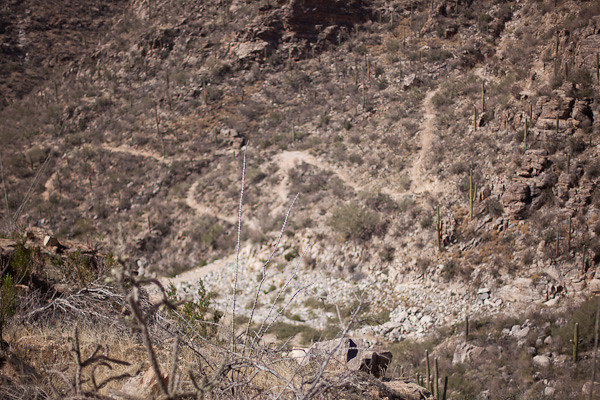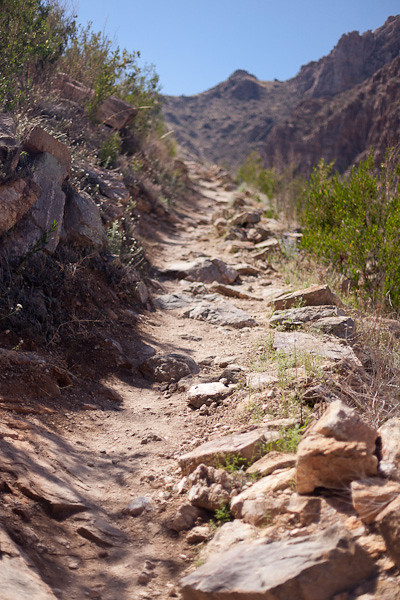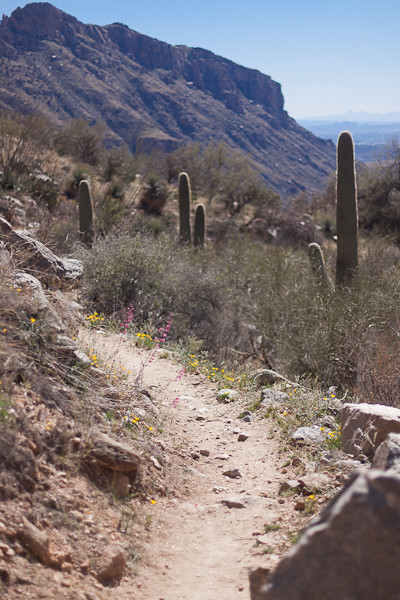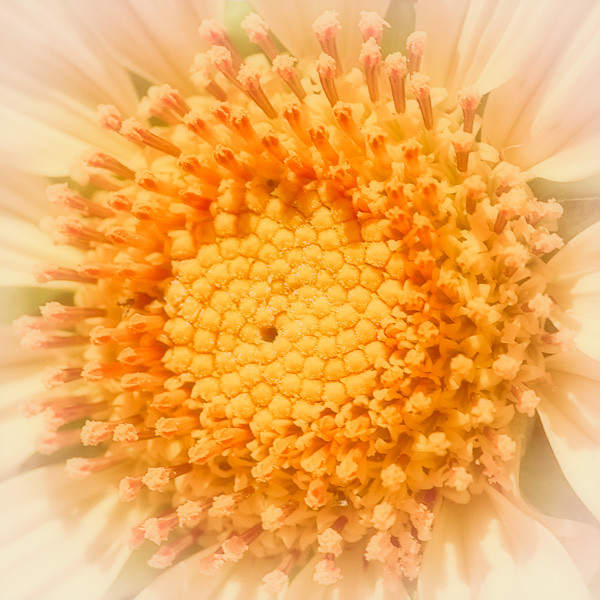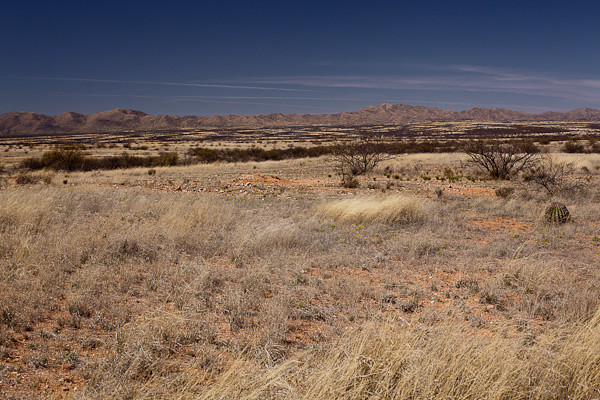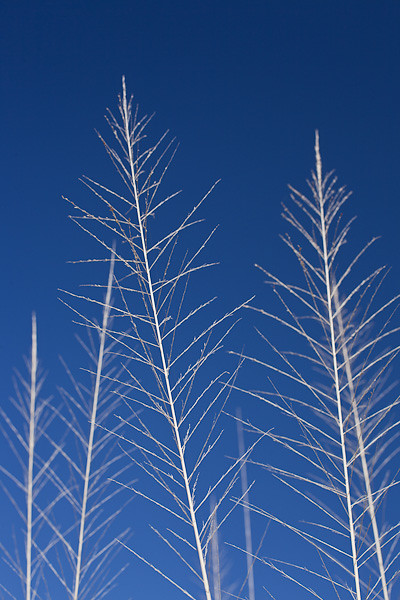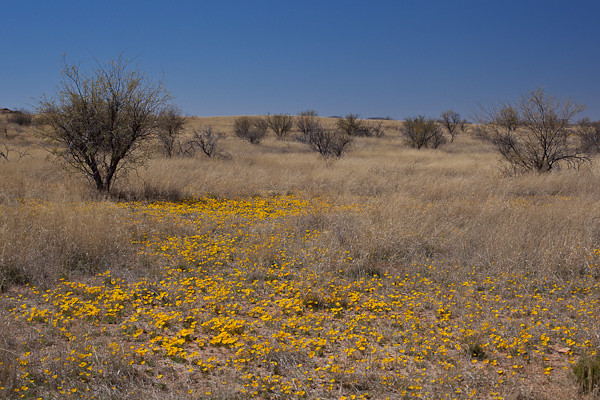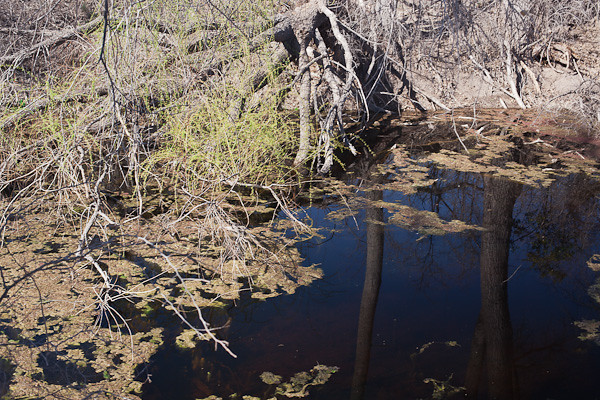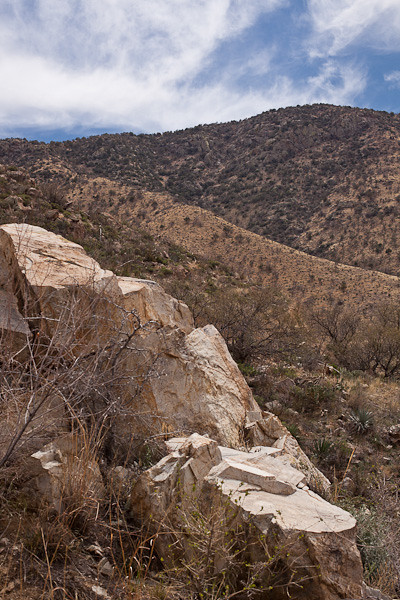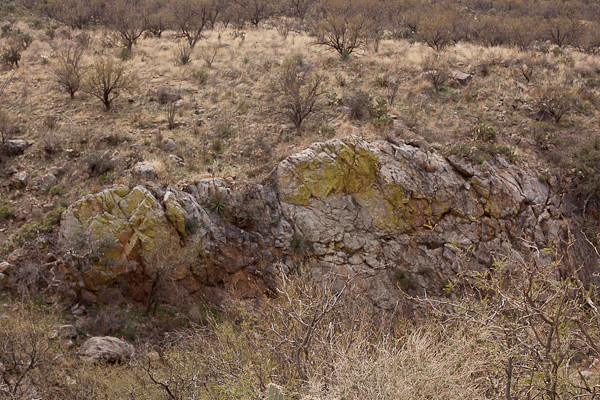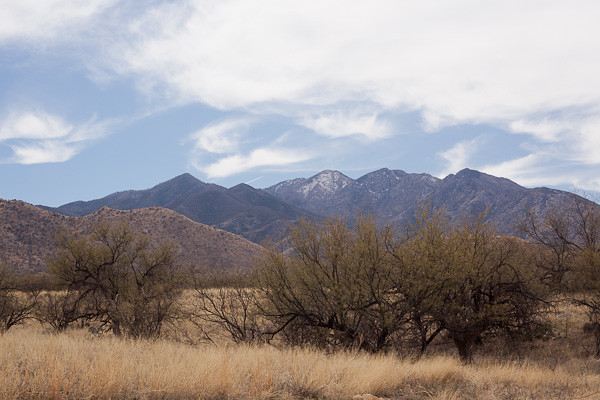Knowledge was inherent in all things. The world was a library and its books were the stones, leaves, grasses, brooks . . . We learned to do what only the students of nature ever learn, and that was to feel beauty. ~ Luther Standing Bear
Yuccas are a common plant in the United States Southwest, so common that it is the state flower of New Mexico.
The leaves of the Yucca are long, narrow, and come to a sharp point. (I have proof – deep scratches on my arms. When will I learn!!)
Fibers of the yucca can be used to make rope and loosely woven textiles. The thick root can be beaten into a lathery pulp which is then used for soap and shampoo. It was a plant that was frequently planted near homesteads and encampments for its usefulness.
When the yucca blossoms, creamy-colored, bell shaped flowers hang in loosely arranged clusters. If the flowers are pollinated, seed-filled capsules develop. The yucca then dies after flowering and fruiting, but produces offshoots that spread out from the mother plant and develop into new plants.
The yuccas only known pollinator is the yucca moth. The female yucca moth has a specialized mouth to collect the pollen. She lays her eggs in the yucca flower and covers the eggs with a ball of pollen. The pollen fertilizes the seeds which then begin to develop. The moth’s larvae require the yucca seeds for growth and development. Both species, the yucca and the yucca moth, benefit from the exchange. This inter-dependence on each other for survival is termed mutualism.
It is quite a lovely thing, to walk or drive down nearly any street and see the yucca blossoms swinging high in the air, atop the yucca stalk.
————–
Bo Mackison is a photographer and owner of Seeded Earth Studio LLC, living and photographing in southern Arizona. She is happy to see so many plants in bloom.
